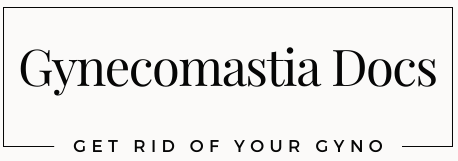How do you tell if you have gynecomastia versus chest fat? The two conditions can look very similar, and so it can be a little difficult to distinguish between the two if you’re not a doctor.
Thankfully, there are some very distinct differences between them that can confirm your suspicions.
Read on to learn more about the differences between gynecomastia and chest fat, and how to best treat each one.
Gynecomastia vs. Chest Fat Overview
Let’s start out with a bit of an overview of the differences between Gynecomastia & Chest Fat. By grasping this, you will be able to better understand your own condition.
What is Gynecomastia?
Gynecomastia is an embarrassing (yet benign) condition affecting men in which excess breast gland tissue develops behind the nipples.
It can range from being barely noticeable, to the development of full breasts that mimic female ones. In later stages, it can be easily perceived through clothing, adding to the embarrassment factor.
-> Learn more about the various stages of Gynecomastia
What is Pseudogynecomastia?
Pseudogynecomastia, more commonly known as ‘chest fat’, is a condition caused by an excess of adipose tissue (fat) in the chest.
Unlike gynecomastia, it can be largely controlled with lifestyle changes.
What Are the Differences Between Gynecomastia and Chest Fat?
We just laid out a big one above: lifestyle changes can be effective in controlling chest fat, whereas they are not in the case of gynecomastia.
This is because gynecomastia is a hormonal condition (in many cases), and requires that the patient’s hormonal imbalance be addressed. In addition to this, surgery is often desirable.
Is Gynecomastia the Same as Chest Fat?
No. The two are similar looking – but very distinct – conditions that require different approaches to treat.
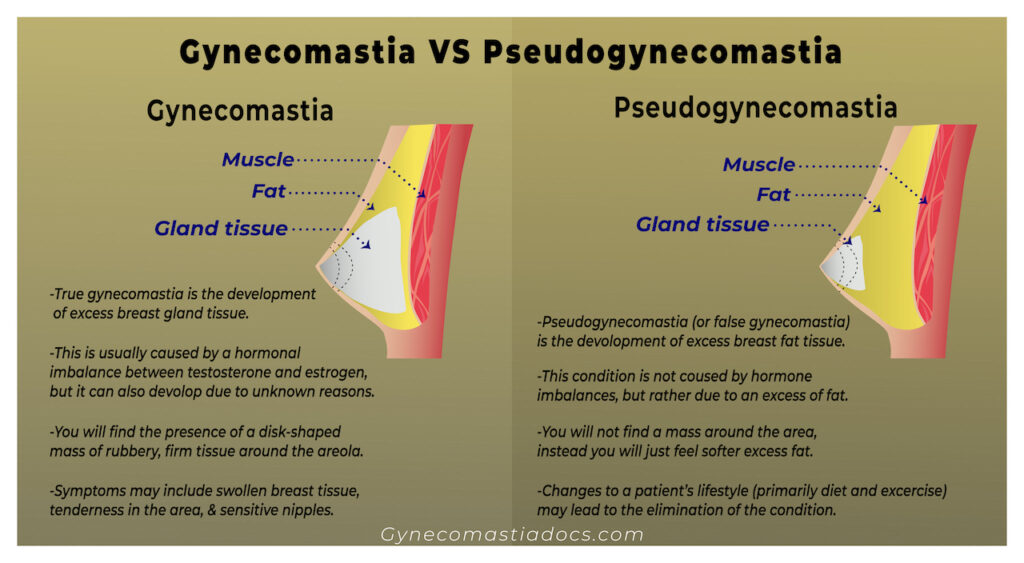
Causes of Gynecomastia and Chest Fat
Gynecomastia and chest fat/pseudogynecomastia are easily confused because they resemble each other very much.
Both involve a buildup of tissue in the chest (whether gland or fat tissue) and both are embarrassing for men. However, their causes are quite different.
Causes of Gynecomastia
Gynecomastia is a complicated condition with myriad causes:
- Natural hormonal changes (primarily immediately after birth or during puberty)
- Cancers of the liver, testes, pituitary gland or adrenal glands
- Hepatitis
- Kidney or liver dysfunction
- Hyperthyroidism
- Hypogonadism
- Certain genetic conditions
- Certain medications, particularly antipsychotics, antidepressants, some anti-cancer medications, heart disease medication, and anti-androgens
- Some illicit drugs, e.g. cannabis, heroin, amphetamines, methamphetamine and methadone
- Anabolic steroids
- Alcoholic abuse
- Aging
Causes of Pseudogynecomastia
Pseudogynecomastia, conversely, has a very simple cause: excess body fat. Because men tend to collect fat in their upper body (i.e. arms, chest and stomach, as opposed to legs or hips), this can quite often result in excess chest fat.
Genetics can predispose some men towards pseudogynecomastia, but quite often it’s simply a case of leading a sedentary lifestyle, eating unhealthily, and drinking alcohol to excess.
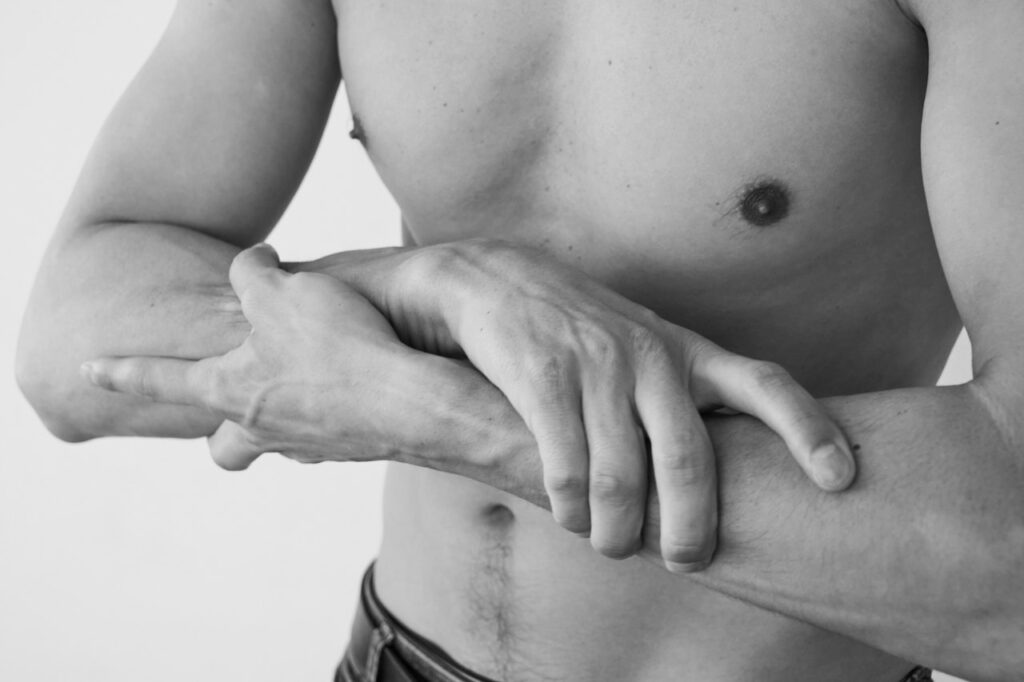
Chest Fat vs. Gynecomastia: How Do I Know If It’s Gyno or Fat?
Although the causes of the two conditions are quite different, the fact remains that the symptoms resemble each other quite closely.
In order to ascertain which condition you’re suffering from, it’s necessary to take a closer look at the various symptoms. In addition, a gynecomastia pinch test should be performed by a doctor.
Note that is quite common for gynecomastia patients to suffer from both gyno & excess chest fat. If this is the case, both issues can be resolved together with surgery.
Pain and/or Tenderness in the Chest Region
Does your chest hurt, or is any part of it (particularly the nipples) sore or tender? If so, this points towards genuine gynecomastia. Hormonal imbalances can cause breast tissue in the chest to swell, which can lead to this discomfort.
However, this does not mean that it’s definitely gynecomastia. Muscle strains, cysts or even acne can also cause chest pain, so it’s worth having it checked out.
Conversely, there is no associated discomfort with chest fat. It’s no different from fatty buildups elsewhere in the body, which seldom (if ever) cause pain.
What Does Your Chest Feel Like?
Chest fat feels like fat anywhere else on your body, i.e. soft to the touch. The disk-shaped mass of breast tissue typical of gynecomastia, however, is much firmer and more fibrous, and can typically be found directly under or around the nipple.
If it’s firm, this points towards gynecomastia. It could also be something less benign, however, and so it’s worth getting checked out professionally.
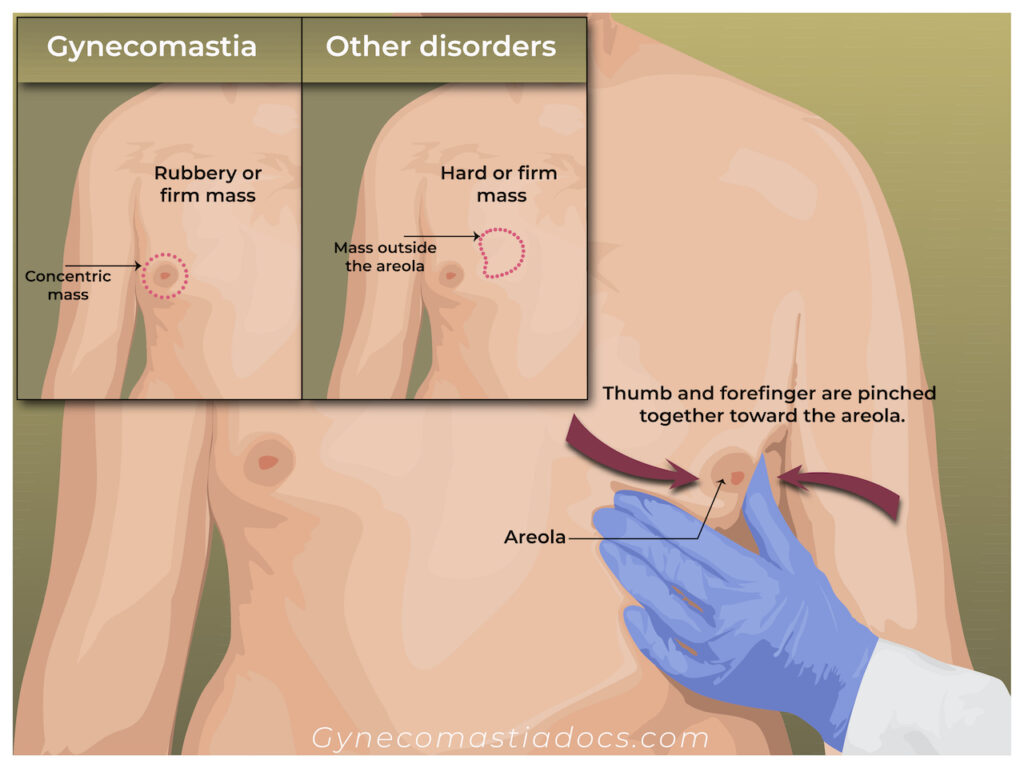
Is Gynecomastia Made of Fat?
No – as stated, a gynecomastia mass is firm and fibrous. It may be present alongside fat tissue, but the two should not be confused.
What Does Your Chest Look Like?
In the case of chest fat, your breasts will often be droopy and lack definition. If you’re suffering from gynecomastia, however, the breasts are often firmer and rounder. It’s also possible to have enlarged, puffy nipples.
How Does Your Body React to Diet and Exercise?
Actively dieting and exercising will result in a reduction in chest fat if you’re suffering from pseudogynecomastia.
However, if suffering from a case of true gynecomastia, there will be no improvement at all, as breast gland tissue will most likely not respond to diet and exercise.
Note that, in some cases of pseudogynecomastia, there may be stubborn pockets of fat that persist despite your efforts. Surgery or similar procedures can help in these cases.
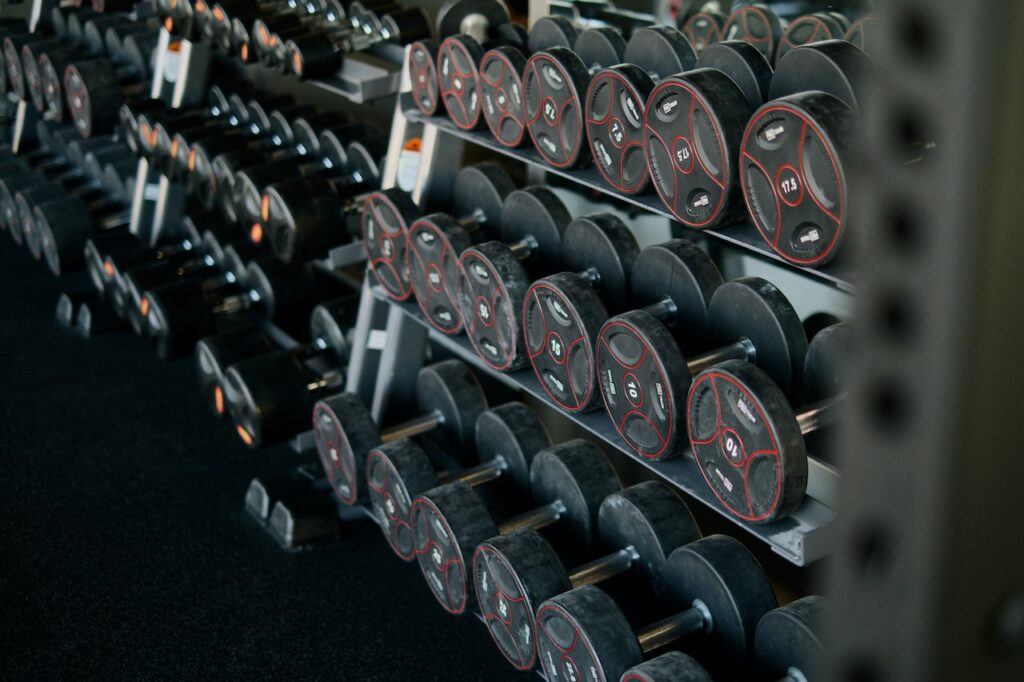
Will Losing Weight Get Rid of Gynecomastia?
Unfortunately not. Gynecomastia isn’t a weight problem, but usually a hormonal one, and losing weight will not eliminate it.
Losing weight on the other hand can get rid of your chest fat. So, if you man boobs are purely due to chest fat, weight loss can be the solution.
Is There Nipple Discharge?
If there is any discharge from one or both nipples, this may indicate a case of gynecomastia. However, other conditions can also cause fluid discharge from the nipples, such as breast cancer or testosterone deficiency.
Gynecomastia and Chest Fat Treatments
Once you have a definitive diagnosis, it’s time to start thinking about your treatment options. Though the two conditions are entirely distinct and have different causes, there is some overlap in available treatments.
Gynecomastia Treatments
As gynecomastia is generally a hormonal condition, non surgical gyno treatments that redress the hormonal imbalance can often be useful. However, surgical treatments are often the only recourse for more developed cases.
Treatment of Underlying Conditions
Gynecomastia can often be linked to other conditions, as previously outlined (certain cancers, liver/kidney dysfunction, etc.). In these cases, treating the underlying disease can often help with the alleviation of gynecomastia symptoms.
Off-Label Medications
Some medications, though not developed with gynecomastia in mind, can nevertheless help alleviate the symptoms.
Such medications, usually used to treat breast cancer and osteoporosis respectively, are Tamoxifen and Raloxifene. Be sure to consult a doctor before taking any sort of medication.
Breast Gland Tissue Removal
This surgical procedure removes the excess breast gland tissue. It will be the most common surgical approach to fully get rid of your gyno.
Liposuction
The liposuction procedure involves the insertion of cannulae into the breast and the removal of breast fat. This does not remove the breast gland, however.
Much of the time both breast gland tissue removal and liposuction are used in combination to one another. Your surgeon will help determine what is best in each individual case.
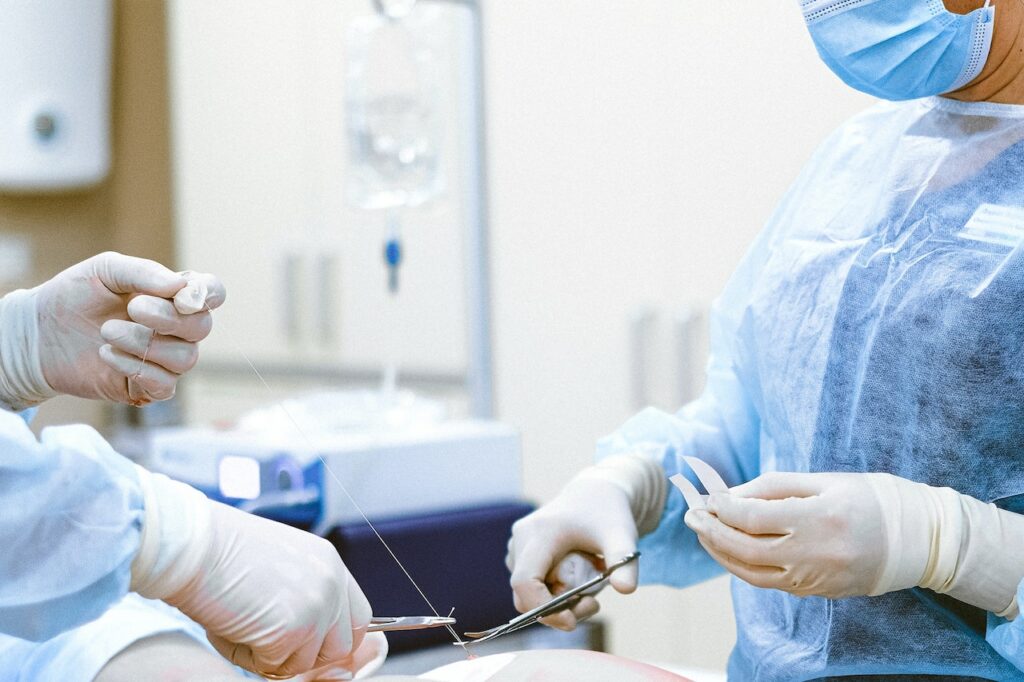
Chest Fat Treatments
Pseudogynecomastia is much more easily controlled than true gynecomastia, as its causes are less complex. However, in the case of extremely stubborn pockets of chest fat, it may be necessary to resort to surgery (such as liposuction).
Diet
Eating a generally healthy diet will, coupled with exercise, help with weight loss. Good picks for foods that help with losing chest fat (or foods to avoid) include:
- Plenty of fresh vegetables
- Whole foods (wholemeal bread over processed, for instance)
- Avoid sugary foods (cake, processed chocolate, candy)
- Avoid sugary drinks (sodas, sweetened fruit juices)
- Control your portion size – generally, half your plate at least should be vegetables
- Limit your alcohol intake

Regular Exercise
Diet helps you lose weight and shift chest fat. Exercise both expedites the process and tones up what remains. This is of particular help with chest fat, as it can result in a toned chest with no loose or excess skin.
Certain types of exercise can be more useful than others.
Cardiovascular Exercise to Combat Chest Fat
Cardio is great for overall weight loss in general; it raises the metabolism, gets the heart pumping, lowers your resting heart rate and burns fat.
Hiking, jogging, brisk walks, dancing, swimming, skipping and rowing are all great forms of cardio for chest fat.
Weight training can be fantastic for building and toning muscle, and of course you can focus specifically on the chest muscles. Here are some good exercises targeting the chest.
Push-Ups
Push-ups are not just great for your chest, they’re great for a number of muscle groups. They also target your upper arms and abdomen, meaning they’re a fantastic overall workout.
Push-ups can be a little difficult if you’re just starting out, and so it’s important not to overdo it. You can start with easier push-ups, like incline push-ups or knee push-ups.
Chest Presses
Great for working your chest and upper arm muscles, chest presses simply need a bench and some dumbbells.
Flys
Flys are all about pulling your arms together in front of your chest, and there are a number of variations – cable, dumbbell and butterfly machine flys all put in work when it comes to shifting chest fat.
Dips
An exercise that can be done between two bars or benches, dips are an intensive upper-body workout. It is best getting into these after you’re already comfortable with regular workouts.
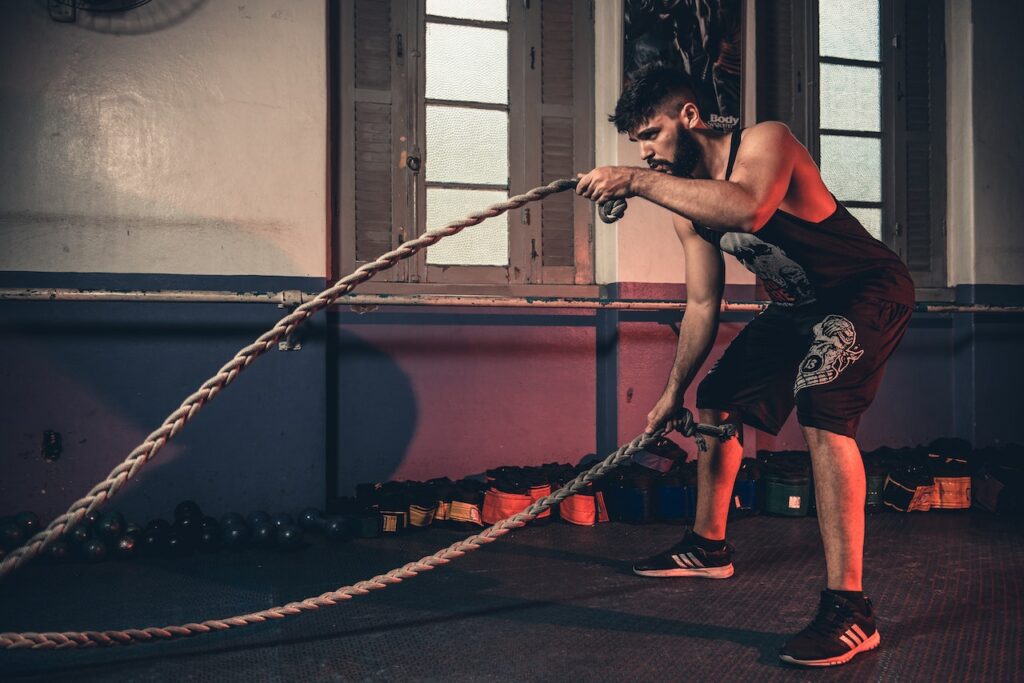
Alcohol Abstinence
We touched upon this earlier under diet, but it’s worth reinforcing just how detrimental alcohol abuse can be when attempting to shift any fat – not just chest fat.
Alcohol is a whole bunch of empty calories that is providing no nutrition at all, but is ensuring that you either put weight on or keep it on. It’s therefore really important that your alcohol intake is kept to a bare minimum.
Make Sure You Get Enough Sleep
This may not sound like something that would be immediately useful when it comes to getting rid of chest fat. But the fact is that a regular sleep pattern helps regulate your metabolism, which helps with weight loss. Make sure you’re getting that eight hours of sleep a night.
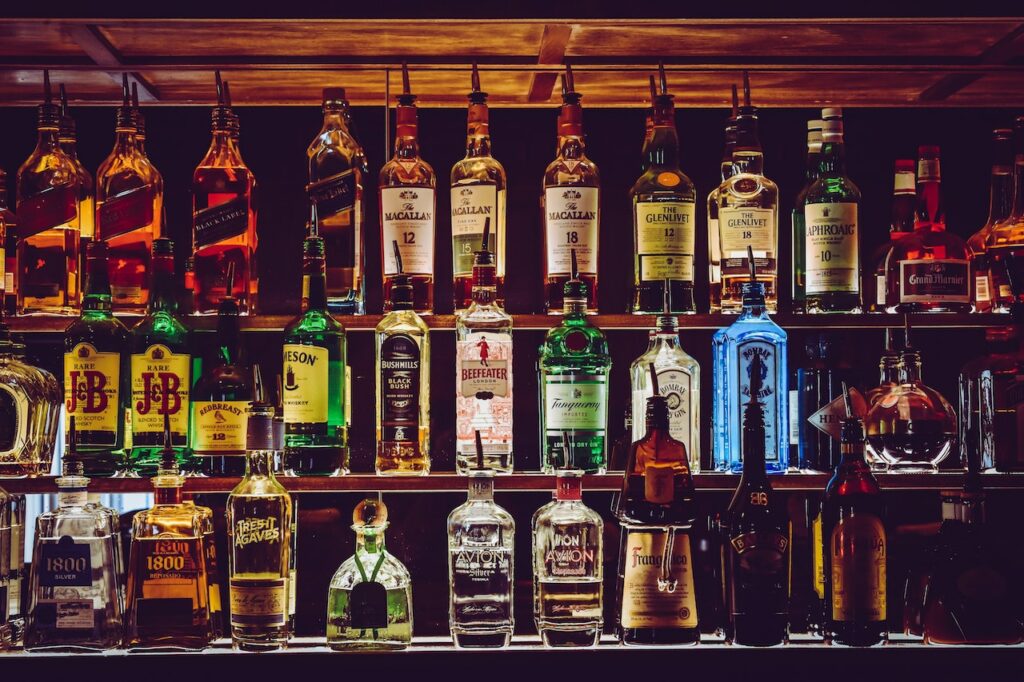
Cosmetic or Surgical Options
In some cases, diet and exercise simply isn’t enough to eliminate particularly stubborn pockets of chest fat. In this case, you may want to consider other options.
Coolsculpting
Coolsculpting is an entirely non-invasive procedure to reduce fat. Fat cells are targeted and frozen with the use of a special wand placed on the skin. Then the fat is broken down into liquid & reabsorbed into the body.
It should also be noted that Coolsculpting is generally not nearly as effective as liposuction to reduce excess fat.
Liposuction
As mentioned earlier, liposuction surgery agitates the fat cells in the chest before vacuuming them out. This is the more invasive option, but you’ll see much faster results.
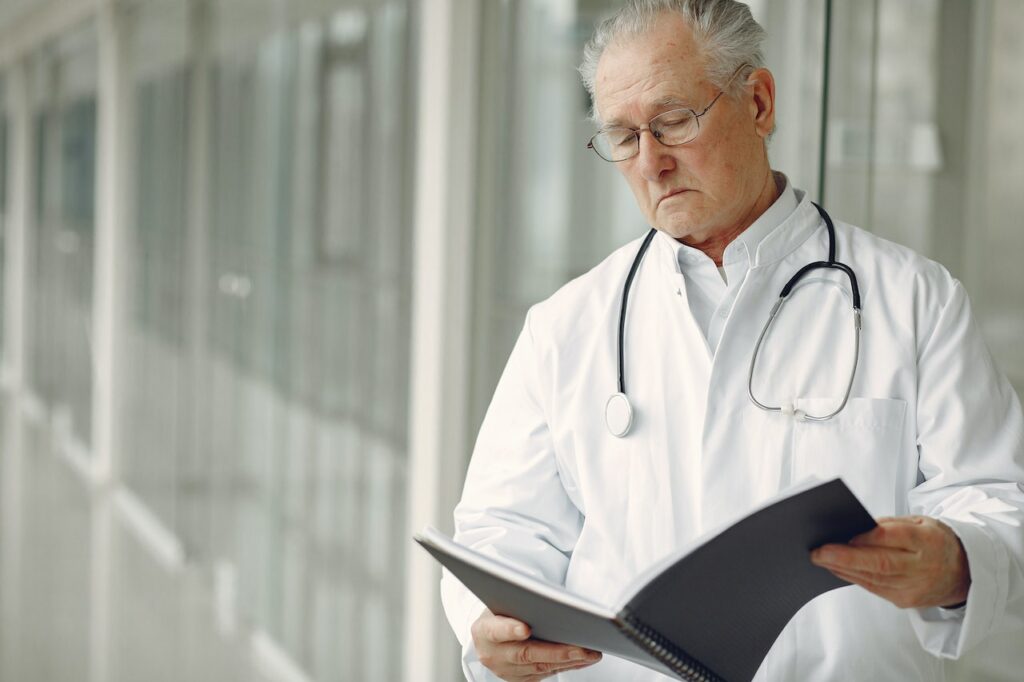
Gynecomastia vs. Chest Fat Recap
Though the causes of gynecomastia and chest fat are quite different, we can nevertheless see that the two have some overlap in their causes and some of the treatments can also be similar.
However, it’s important to understand that true gynecomastia can never be eliminated simply by alterations to one’s diet and exercise, and can only be treated with managing the underlying condition or with surgery.
Pseudogynecomastia, on the other hand, can generally be resolved simply by the patient leading a healthier lifestyle (or with a liposuction surgery if necessary).
Though gynecomastia does require medical intervention, that’s not to say that you cannot limit your chances of developing the condition by eating more healthily, exercising regularly, limiting alcohol intake and avoiding illegal drugs altogether.
The benefits of such a lifestyle, of course, extend way beyond this, so be sure to take good care of yourself, and you’ll avoid more than gynecomastia.
